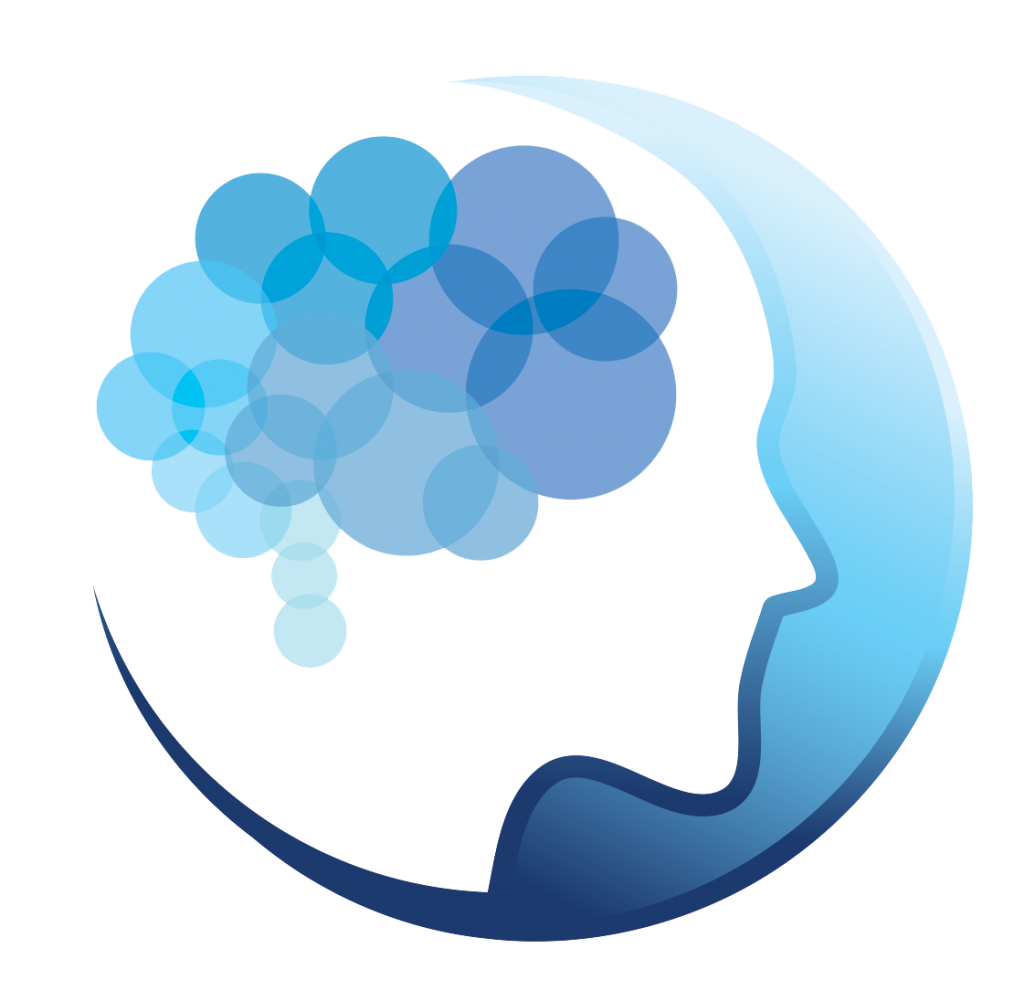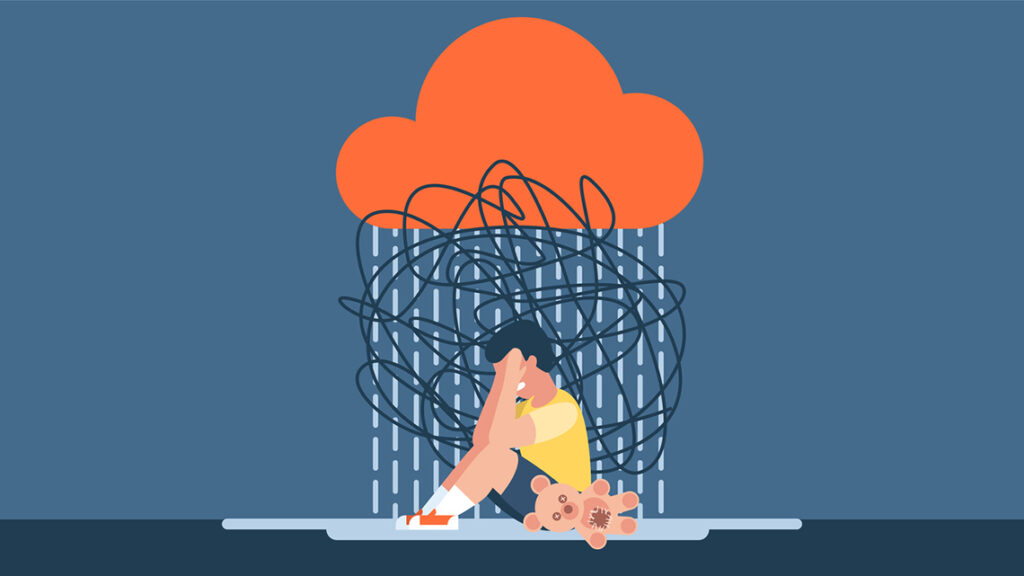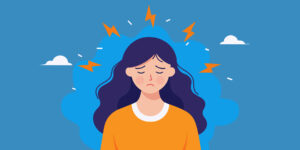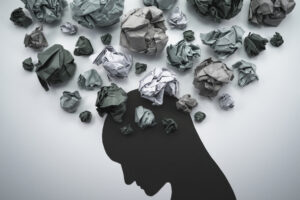In this video, Dr. Kate describes how experiences such as chronic pain/illness, depression, and anxiety go hand in hand with feelings of shame and judgment.
She goes on to explain that even though life is hard and complicated, life is also still full of opportunities for self-healing. Since shame and judgement create barriers/roadblocks to living a fulfilling life, Dr. Kate shares an approach to addressing these hard moments that she uses in her own practice.
This is the process of accepting the cards you were dealt in life or in specific moments by saying to yourself, “This is what it is.” Of course, this is much easier said than done, but it is ultimately worth it to ground ourselves in the present moment and remind ourselves of our self-worth.
This practice allows you to actually give yourself permission to struggle and be “as you are” in the moment. When you accept this struggle, you are more likely to search for ways to gently alleviate your suffering and practice self-care. This should be your priority in moments such as these.













